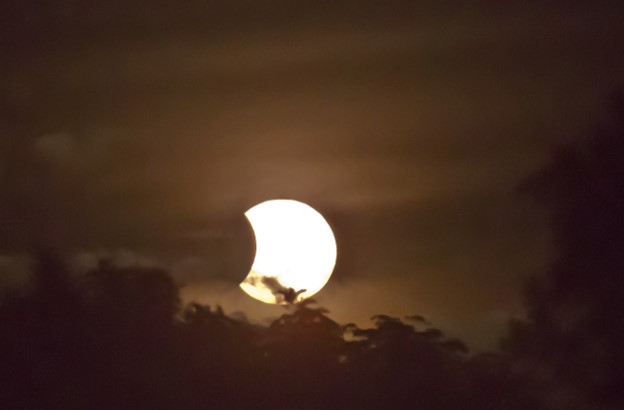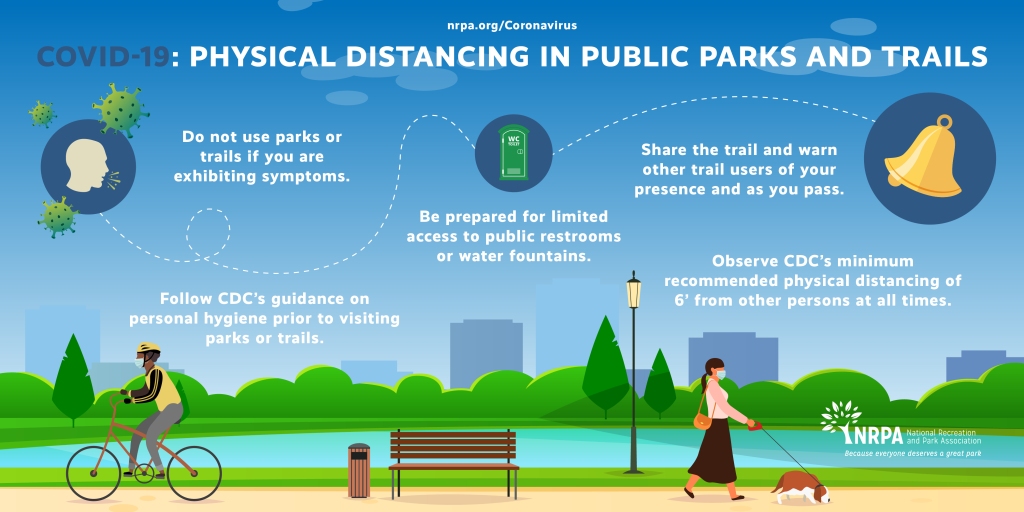Spring is here, a time of revival and renewal, and many of us are gearing up for the total solar eclipse on April 8th! This is a very exciting time, as the eclipse will be visible across Ohio. Amongst our excitement, we mustn’t forget to consider safety for those who are viewing the solar eclipse.

According to the National Aeronautics and Space Administration (NASA), “Viewing any part of the bright Sun through a camera lens, binoculars, or a telescope without a special-purpose solar filter secured over the front of the optics will instantly cause severe eye injury.” This means we need to take the steps necessary to protect our eyes during the partial phases of the solar eclipse–these phases occur prior to and following totality. Please note: sunglasses are NOT safe for viewing the Sun. Per NASA, “eclipse glasses” are thousands of times darker and should comply with the ISO 12312-2 international standard.
Check locally for community agencies distributing approved eclipse glasses. Examples of these agencies include local health departments, libraries, visitor’s centers, and museums. The American Astronomical Society has also composed a list of reliable suppliers of eclipse glasses.
Upon receiving a pair of eclipse glasses, you should inspect the glasses for any tears, scratches, or damage. If the glasses appear damaged, you should discard them.
Viewing the solar eclipse is an outdoor activity, and precautions should be taken to protect yourselves and your loved ones from the sun’s UV rays. Sun protection includes:
- Applying sunscreen:
- SPF of at least 30 (Blocks ~97% of UVB rays)
- Broad-spectrum (UVA and UVB ray protection)
- Water-resistant
- Reapply every 2 hours or after swimming/sweating
- Use a mineral-based sunscreen for little ones 6 months and older
- Avoiding the sun during peak hours (10:00 am-2:00 pm)
- Wearing sun protective (UPF) clothing (dark and medium-colored clothing)
- Wearing a wide-brim hat (least 3 inches of brim)
Safely enjoy this spectacular outdoor spring activity with your loved ones!
Written by: Caitlin Mathews-Smith, Family and Consumer Sciences, Guernsey County, Ohio State University Extension, mathews-smith.1@osu.edu
Reviewed by: Jessica Lowe, Family and Consumer Sciences, Pickaway County, Ohio State University Extension, lowe.495@osu.edu
Sources:
American Academy of Dermatology Association. (2024). Sun Protection. American Academy of Dermatology. https://www.aad.org/public/everyday-care/sun-protection
American Astronomical Society. (2024). About the ISO 12312-2 standard for solar viewers. Solar Eclipse Across America. https://eclipse.aas.org/eye-safety/iso12312-2
American Astronomical Society. (2024). Suppliers of Safe Solar Viewers & Filters. Solar Eclipse Across America. https://eclipse.aas.org/eye-safety/viewers-filters
SMD Content Editors (Ed.). (2024, February). Safety – NASA Science. https://science.nasa.gov/eclipses/future-eclipses/eclipse-2024/safety/
Photo Credits: Microsoft Office Word.



 order, or rules about the number of innings they can play or things like a pitch count.
order, or rules about the number of innings they can play or things like a pitch count. 






